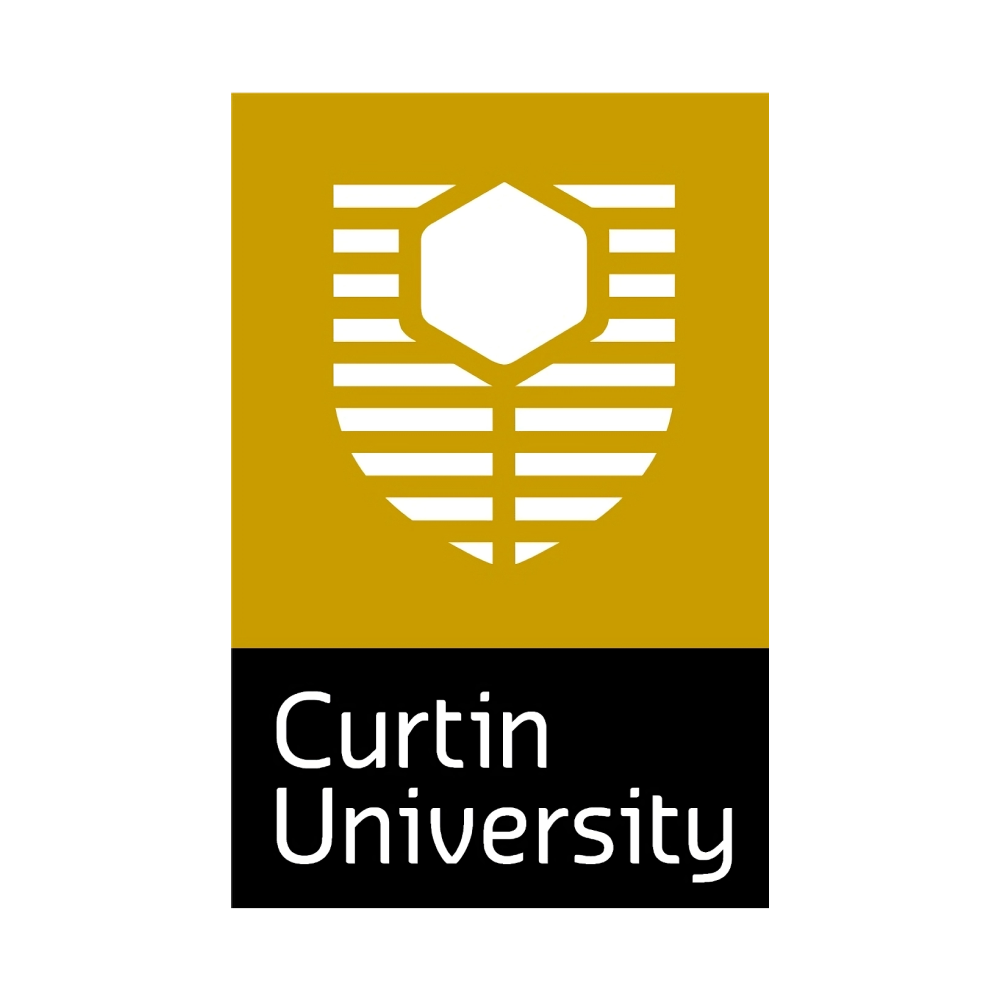Curtin University
Master of Midwifery
- Delivery: Face to Face
- Study Level: Postgraduate
- Duration: 24 months
Build a fulfilling career in women's health, supporting mothers and babies throughout pregnancy, birth and beyond.

Course overview
The WA Department of Health offers Nursing and Midwifery scholarships to help cover the cost of course fees. Please visit the WA Department of Health website to learn more about eligibility criteria and the scholarships available.
Curtin University's Master of Midwifery is the only postgraduate midwifery course in Australia that does not require you to have a nursing qualification to enter. It also offers Commonwealth Supported Places (CSP) to domestic applicants, which means the Australian Government subsidises part of your course fees.
Midwives are registered health professionals trained to support and care for women during pregnancy, labour and birth. They work in clinics, hospitals, community practices, birthing centres and the home.
The Master of Midwifery can be studied over two years full-time or four years part-time. The course content blends evidence-based theory with more than 800 hours of supervised clinical practice and covers physical, biological, psychological and social sciences.
You’ll learn to work as a professional midwife in real settings, using your midwifery skills throughout childbirth. As part of your learning, you will recruit and follow 10 women, conduct antenatal appointments, advise and educate these women and their support person and be on call to help them through their labour and birth and provide postnatal support.
You will also complete:
- 2–4 weeks full-time clinical placements in maternity settings per semester
- 2–3 weeks full-time face-to-face workshops at Curtin Perth per semester.
In your theory learning, you’ll critically analyse scientific literature and health standards and evaluate clinical and diagnostic data. This gives you a broad understanding of midwifery practice and helps you to make informed decisions, recognise risks associated with pregnancy, childbirth and postpartum and provide safe and effective care.
Throughout the course, you’ll develop your cultural awareness, communication and leadership skills, giving you the confidence to work in interprofessional healthcare teams, establish relationships with women and their families and understand the midwifery profession.
You’ll learn about reproductive health and nutrition, mental health and breastfeeding. You will be able to provide families with the evidence they need to make informed choices.
When you graduate, you’ll be eligible to apply for registration as a midwife with the Nursing and Midwifery Board of Australia.
CSP Subsidised Fees Available
This program has a limited quota of Commonwealth Supported Places (CSP). The indicative CSP price is calculated based on first year fees for EFT. The actual fee may vary if there are choices in electives or majors.
Key facts
What you will study
To complete the Master of Midwifery, you must complete 400 credit points.
Extended Delivery Period 1
Complete the below
- Applied Midwifery Bioscience
- Perinatal Mental Health for Midwifery Studies
Extended Delivery Period 2
Complete the below
- Applied Healthy Midwifery Bioscience
- Healthy Clinical Midwifery Practice
Extended Term 1A
- Clinical Midwifery Practice
Semester 1
- Research and Evaluation in Health
Semester 2
- Indigenous Perspectives for Clinical Practice
- Professional Midwifery Studies
Entry requirements
Applicants for a Master's Degree (Coursework) must meet the University's academic and English language entry standards; details are provided at http://study.curtin.edu.au/. Subject to the course duration, applicants usually require a Bachelor's Degree or equivalent (and may require relevant work experience), a Bachelor's Honours Degree, a Graduate Certificate or a Graduate Diploma. Any specific course entry and completion requirements must also be met. All Curtin courses have compulsory and other core capabilities essential for achieving course learning outcomes and graduation. Students who cannot meet or demonstrate those requirements, now or in later stages during their studies, may seek reasonable adjustments by the University, wherever possible, to facilitate alternative ways of achieving those requirements. If reasonable adjustments cannot be accommodated, Curtin will discuss study options to find an alternative course of study or an exit degree. Any specific course entry and completion requirements must also be met.
All applicants must hold a recognised Bachelor’s degree or graduate degree. Entry to this course is competitive and a substantial academic achievement is required. Applicants must complete a human biology-related unit with an anatomy and physiology focus at the tertiary level. Domestic students who have not completed a tertiary unit in the mentioned area can study the unit through the Health Sciences Graduate Entry Foundation course. Curtin University requires all students to demonstrate competency in English. Please refer to the following for further information: https://howtoapply.curtin.edu.au/. It is a condition of enrolment that applicants are screened for and immunised against contracting several infectious illnesses before the commencement of the clinical placement. Further information on Health Screening for students in the Faculty of Health Sciences can be obtained by visiting the website https://study.curtin.edu.au/applying/fieldwork-statements/. Screening and vaccination costs are the responsibility of the student. In addition to satisfying Curtin University's minimum English standard requirements for midwifery courses, all applicants must demonstrate English language proficiency as specified in the Nursing and Midwifery Board of Australia's (NMBA) English language skills registration standard. https://www.nursingmidwiferyboard.gov.au/Registration-Standards/English-language-skills.aspx Refer to the English language requirements for nursing courses for detailed information on how to meet English proficiency requirements for this course. You must complete the declaration form for English primary language competency.
Course entry is based on the applicant's academic record and/or previous university study. Mandatory requirements for clinical practice include a Department of Health Criminal Record Screening, a National Police Screen, a Working with Children Check, a Basic Life Support certificate and a manual handling certificate. The student is expected to maintain the currency of these requirements for the duration of the course. Certificates and screening costs are the responsibility of the student. More detailed information on the required certificates and health and legal checks can be found on the Health Sciences’ website.
Students must be available to undertake clinical midwifery practice in healthcare facilities during and/or outside the semester. Clinical practice blocks can be several weeks long and students need to be available for rotational night and weekend shifts.Students will be required to recruit pregnant women for continuity of care experiences over the two years of the course, following their pregnancy, birth and postnatal journey, which will involve travel and an on-call component.
Recognition of Prior Learning
Applications for credit towards a course are assessed on an individual basis. Credit reduces the amount of learning required to complete the course and may be granted for formal education qualifications, non-formal learning from non-award programs of study and informal learning through work experiences. Further information can be found at http://futurestudents.curtin.edu.au/non-school-leavers/rpl.cfm.
Outcomes
Learning outcomes
- Actively support culturally safe, values-led care for all women and babies by developing personal and professional skills for cultural competence.
- Appraise reflectively, critically and with initiative to apply midwifery knowledge and skills within dynamic and complex midwifery contexts.
- Distinguish the importance of skilled professional midwifery care for women and babies internationally.
- Critically analyse scientific literature and health standards; synthesise and integrate into woman-centred care; engage with health and scientific information when seeking, evaluating and using data related to midwifery care and clinical decision-making.
- Demonstrate proficiency and make informed decisions on therapeutic interventions by utilising current technology to inform midwifery practice for safe and effective care delivery.
- Communicate effectively, to meet the woman’s needs, establish collegial relationships with interprofessional teams and promote midwifery within the community in the broader contexts of primary healthcare and public health policy.
- Analyse and practice the values intrinsic to midwifery practice; demonstrate critical reflection and the ability to enhance the development of self and others; demonstrate leadership skills.
- Examine current midwifery health legislation; work in an autonomous accountability framework within the scope of ethical and legal midwifery practice as a member of interprofessional teams.
- Appraise and access opportunities for lifelong learning and enhance personal knowledge and skills to further contribute to the midwifery profession.
Career outcomes
- Midwife
Fees and CSP
Estimated fee in 2025: $5,200 (Commonwealth Supported Place)
Estimated full fee in 2025: $27,934 (domestic full-fee paying place)
Student fees may vary in accordance with:
- The number of units studied per term.
- The choice of major or specialisation.
- Choice of units.
- Credit from previous study or work experience.
- Eligibility for government-funded loans.
Student fees shown are subject to change. Contact the university directly to confirm.
Commonwealth Supported Places
The Australian Government allocates a certain number of CSPs to the universities each year, which are then distributed to students based on merit.
If you're a Commonwealth Supported Student (CSS), you'll only need to pay a portion of your tuition fees. This is known as the student contribution amount – the balance once the government subsidy is applied. This means your costs are much lower.
Limited CSP spaces are offered to students enrolled in selected postgraduate courses.
Your student contribution amount is:
- Calculated per unit you're enrolled in.
- Depending on the study areas they relate to.
- Reviewed and adjusted each year.
HECS-HELP loans are available to CSP students to pay the student contribution amount.
FEE-HELP loans are available to assist eligible full-fee-paying domestic students with the cost of a university course.
















